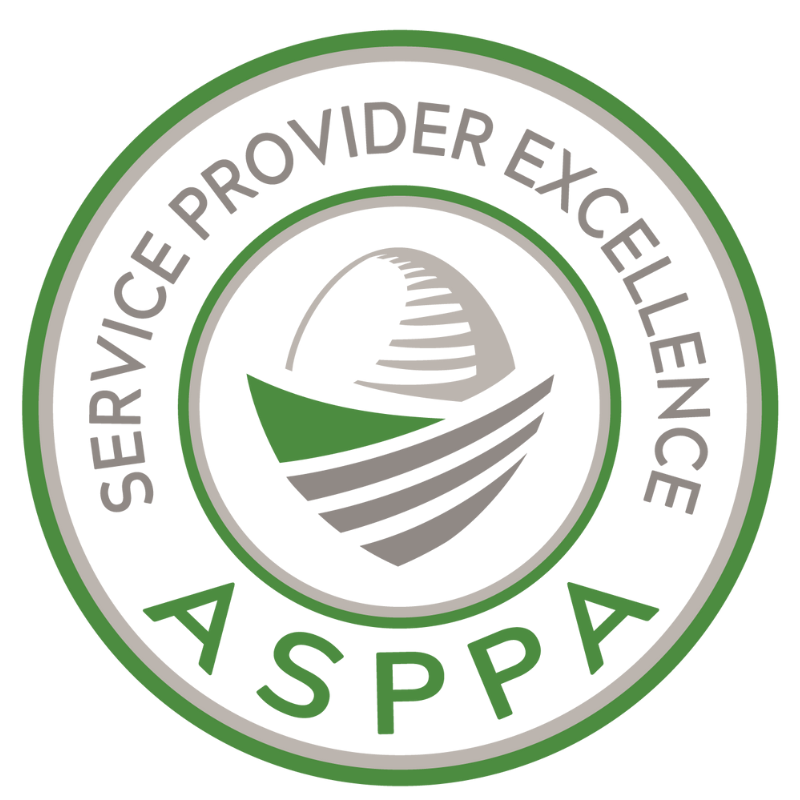The key difference is taxation. With a traditional or pre-tax retirement account, contributions are not taxed. In addition, any earnings that accumulate in the account grow tax deferred. When you take a distribution, or withdrawal, from a pre-tax retirement account, the amount of the distribution is considered ordinary income and is subject to taxes.
A Roth deferral is an after-tax contribution, which means you must pay current income tax on the amount you contribute to your retirement account. Any earnings in the account accumulate tax free. When you take a distribution, or withdrawal, from a Roth retirement account, as long as you satisfy certain distribution conditions, the entire distribution can be tax-free, not just tax- postponed.
The tax treatment of Roth accounts are the same, whether in an Employer Sponsored Retirement Plan, such as a 401(k) or a 403(b), or an Individual Retirement Account (IRA), but there are some other differences.
Roth IRAs have income restrictions, which may impact the amount that you are eligible to contribute annually. These income restrictions do not apply to Roth deferrals in Employer Sponsored Retirement Plan. As long as you are eligible to participate in your Employer Sponsored Retirement Plan, you are eligible to make Roth deferrals.
The amount of contributions differs as well. The IRS 415 limits indicate the annual maximum that you can contribute to a retirement account and this limit is higher for Employer Sponsored Retirement Plans.
For a tax-free distribution of your Roth retirement account, the distribution must be a qualified distribution. A qualified distribution is made when you are at least age 59½, or upon your death or disability. In addition, you must also satisfy the 5-year participation requirement. The participation requirement is satisfied once you have had funds in your Roth account for 5 years.
If a distribution from your Roth deferral account is not a qualified distribution, you will pay income tax on the distributed earnings.
Your decision to invest in a pretax or Roth retirement account involves a number of factors, including proximity to retirement, your tax situation, contribution limits and more. You should consult with a tax and/or financial professional to review your personal situation.
ROTH WORKPLACE RETIREMENT PLANS
Yes! You can make pretax and Roth contributions as long as the total contribution amount does not exceed the annual contribution limit as specified by the IRS. The contributions will be classified as two separate sources for tax reasons upon distribution.
If your employer allows online contribution changes, simply login to your Participant Account and select My Account, then Contributions, and select the Change tab. Follow the options to change your contribution amount. You may also make changes using our Automated Phone System by calling 1-800-530-1272. When prompted, simply enter your SSN and PIN, and then listen for the appropriate prompts for Deferral/Contribution Changes.
If your employer doesn’t allow online changes, login to your Participant Account and print a Contribution Rate Change form from the Library. You’ll need to return your completed form to your Human Resources Department.
Recent regulations now offer the capability for employer contributions to be made as Roth contributions. Roth Employer Contributions are included in the tax year that the contribution is made and are reportable on Form 1099-R. As this is new regulation, the majority of employer contributions are made as pretax contributions and are subject to taxes upon distribution. Reference your Summary Plan Description for additional information.
Yes. If you are entitled to a distribution from the plan, then you may roll over your Roth deferral account, but only to a Roth IRA or to a 401(k) plan or 403(b) plan that permits Roth deferrals. Due to the tax treatment, you may not roll your Roth deferral account to a Traditional IRA or to any other pretax retirement account.
No. Due to recent legislation, Roth 401(k) and Roth 403(b) accounts are not subject to Required Minimum Distributions, or RMDs.
ROTH CONVERSIONS
A Roth conversion is taking existing pre-tax assets in your retirement account and changing the tax status of them by rolling them into a Roth source. This is a taxable event, applicable in the tax year that you process the conversion. Sometimes classified as an internal rollover, the converted assets remain in your retirement account. They are simply renamed or reclassified as a Roth source and therefore change the taxable parameters when taking a distribution in the future.
Contact BPAS Participant Services at 1-866-401-5272 and let the representative know that you would like to do a Roth conversion. If your plan permits conversions, you will receive an In-Service Withdrawal Election Form for completion. The form includes important tax notification information regarding the conversion. Be sure to carefully review all information and consult with your tax professional regarding any additional questions.
Yes. The amount of your Roth conversion is taxable as ordinary income, in the tax year that you process the conversion. When you directly roll over a distribution to a designated Roth account using an in-plan Roth direct rollover, the 10% penalty will not apply to the taxable portion of the distribution. However, if a taxable amount you rolled over in an in-plan Roth rollover is distributed within five years, the 10% penalty will apply to the distribution as if the distribution were includible in gross income.
Taxes are not automatically withheld when you complete a Roth conversion. If you are under the age of 59 ½ and your Plan permits Roth conversions, please note that the taxes cannot be paid with plan assets. If you are over the age of 59 ½, you have the opportunity to withhold for federal income tax purposes. We encourage you to the review your situation with your tax adviser.

